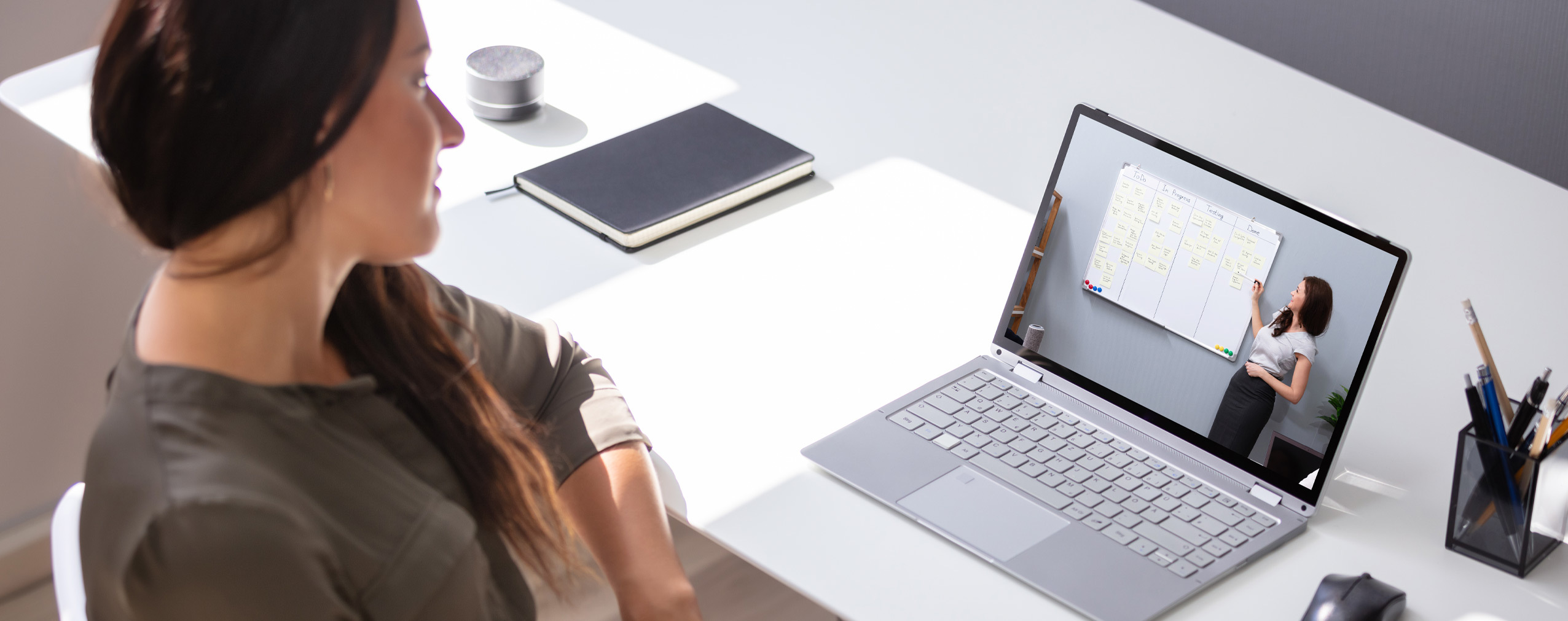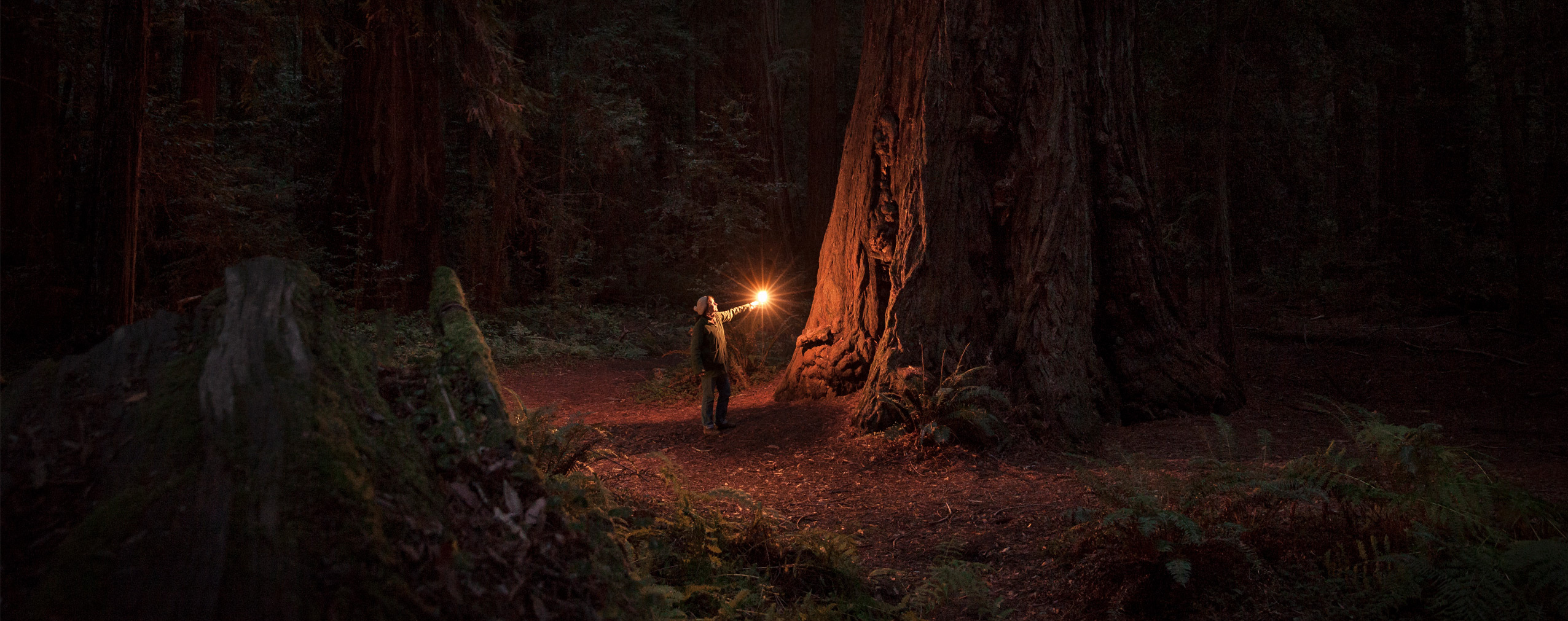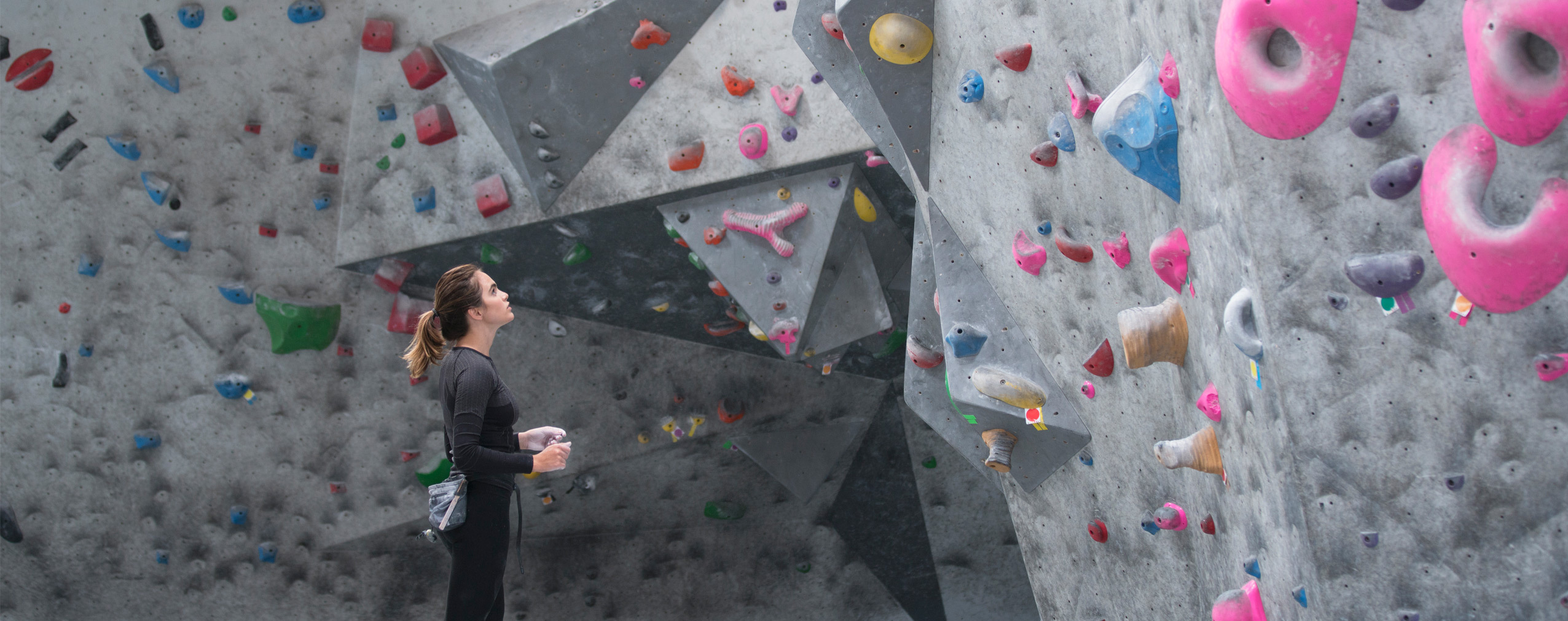Virtual events have been growing in popularity for years, but with the rise of COVID-19 and mandatory social distancing laws, they’ve really taken center stage in recent months. Because of this, many people are starting to ask: “What is a webcast?” and “Can webcasts help me reach my target audience and sell more products?”
Keep reading to learn more about what webcasts are, how to host them successfully, and why ClickMeeting is the best option when it comes to webcasting technology.
Table of Contents
What is a Webcast?
Let’s start with the definition…
According to Wikipedia, a webcast is “a media presentation distributed over the Internet using streaming media technology to distribute a single content source to many simultaneous listeners/viewers. A webcast may either be distributed live or on-demand.”
In other words, a webcast is a virtual event that’s either live-streamed or pre-recorded, then broadcast to many users around the world via the Internet.
Webcasts are effective digital marketing tools — especially in the age of social distancing — because they allow content creators to reach large audiences around the world. Imagine being able to connect with customers, students, or fans from London, New York City, and Shanghai simultaneously. That’s the power of a live webcast.
Online meetings, webinars, webcasts – what’s the difference?
You can rather feel confused and overwhelmed with a wide array of terms referring to running online events. If you surf the Interwebs for a while, there’s a great chance that you will stumble over phrases like video conferences, web conferences, online meetings, webinars, and… webcasts.
How to possibly know the difference? Well, we’re to help you out:
-
Online meetings are those events where up to 25 participants can see, hear, and talk to each other in one virtual conference room. Running online meetings fits in perfectly for daily team meetups, board meetings, online get-togethers with customers, business partners, or potential investors.
-
Webinars are in the middle of the scale, and you can regard them as online events hosted for hundreds of attendees. If you host a webinar, you are in the lead of the event – you play a presentation, give a lecture, but your attendees can still interact with you by asking you questions in the chat window, clicking your Call-To-Action button, or answers your poll or survey.
-
Webcasts, on the other hand, are huge virtual events when you stream your video content for up to 10k viewers! We deliberately write “viewers” because they can only watch your event as if it was a video on YouTube or a series episode on Netflix. There is no two-way interaction with your audience… but you still have all the webinar hosts tools.
CONTACT OUR SALES TEAM TO ORGANIZE YOUR HUGE VIRTUAL EVENT
How do I Host a Successful Webcast?
Webcasts can be enormously beneficial to the event planners who host them — but only if they’re hosted in the right way. Here’s a 6-step process you can use to ensure your webcast is a smashing success:
1. Select a Webcasting Tool
You can’t host a webcast, virtual conference, or a webinar without some kind of technology. Fortunately, there are plenty of apps you can use to broadcast live or record your content for on-demand consumption!
No matter what tool you choose, make sure it has the following capabilities:
-
The Ability to Host Events for Large Groups. You might not need to host huge virtual events on a regular basis. But choosing a webcasting tool that offers this capability will allow you to grow and adapt to your changing needs in the future.
-
In-Webcast Engagement Features. Hosting a successful webcast is more than just about showing up. You have to engage your audience, or they’ll quickly click away from your presentation. In-webcast engagement features like digital whiteboards, polls and surveys, and the ability to broadcast YouTube videos will help in this regard.
We’ll talk more about specific webcasting tools later in this article. But for now, just know that you can’t host huge virtual events without the aid of technology.
2. Plan Grade-A Content
Next, you need to plan Grade-A content to present to your audience. If you don’t, you’ll have a hard time convincing people to attend your webcast. Even the folks who do show up will click away if they aren’t engaged by the material you present.
So how do you create amazing content? Just follow these tips:
-
Know Your Audience. If you don’t know your audience, you won’t know the kind of content that interests them. The easiest way to plan Grade-A content is to study your target market and then plan material around their interests.
-
Secure Guest Speakers. Book a popular influencer in your niche to present during your webcast. This is a great way to drum up excitement for your event and ensure the content your produce is interesting and engaging.
-
Use Visual Content. Visual content like charts, graphs, infographics, and videos can greatly boost attendee engagement. Add a visual component to your webcasts so that you can show viewers information, not just tell them about it.
-
Make an Important Announcement. You can also make an important announcement during your webcast to keep your huge audience interested. We all want to be the first to know things. Give your viewers this chance, and you’ll be able to create better content.
Do whatever you can to ensure the content your present to your audience during your webcast is top-notch. This is essential to the success of any in-person, virtual, or hybrid event.
3. Market Your Webcast
At this point, you’ve selected a webcasting tool and planned amazing content for your event viewers. Now you need to get the word out about your webcast. There are plenty of ways to do this. Here are four that we recommend:
-
Email Marketing. Do you have an email list? Send your contacts a message about your upcoming webcast! Email is a fantastic way to reach your audience and, when used correctly, can lead to an incredible 4,200% ROI.
-
Social Media Marketing. If your company (or you personally) have social media pages, use them to promote your virtual event. Create posts that tell your followers when it will be, what you’ll talk about, and how to access the broadcast. Then keep telling them on a regular basis, so they don’t forget.
-
Paid Advertising. Facebook ads, YouTube commercials, and AdWords campaigns can boost traffic to your on-demand or live-webcast. Just make sure you analyze the financials. It might not make sense to advertise a webcast that promotes a free download, for example. Then again, it might be. You have to make that call for yourself.
-
Influencer Marketing. Tap into a popular influencer’s audience and ask/pay them to promote your webcast. This is an especially useful digital marketing tip if the influencer in question is booked to speak during your broadcast.
The best webcast content in the world will only bring you benefits if people show up to watch it. Work hard to advertise your virtual event and ensure you have a crowd to present to.
4. Engage Your Online Viewers
The day is here, and it’s time to broadcast your event to the world. Congratulations, this is an exciting time! But don’t relax quite yet. If you don’t make your presentation as engaging as it possibly can be, your webcast won’t achieve success.
Fortunately, tools like ClickMeeting (more on ClickMeeting below) offer event organizers plenty of in-webcast engagement tools. Here are a few of the most popular ones:
-
Presentation Mode. This in-webcast feature will allow you to display content like charts, graphs, and videos while you speak to your audience. It’s a great tool when you need to explain complex information or really want to engage viewers.
-
Screen Sharing. If you’re trying to teach your audience how to do something specific during your webcast, the screen sharing feature will be incredibly beneficial. Let viewers exactly see what you’re doing by sharing your screen with them in real-time.
-
Digital Whiteboards. Teachers use whiteboards every day to illustrate points and better engage students. Why shouldn’t you do the same? Increase audience understanding (and, therefore, engagement) with written information.
-
Social Streaming. It doesn’t matter how well you promote your webcast, there will still be people in your target market who don’t show up. Fortunately, you can still engage them by streaming your virtual event to Facebook or YouTube. That way, they can engage with your content as they scroll through their feeds.
By using these webcast tools during your webcast, you’ll be able to keep your virtual attendees engaged in your presentation.
5. Provide Next Steps
When hosting a virtual event, it’s important to stay close to the next steps. What do you want your audience to do after they’ve consumed your content? With the help of automatic follow-up emails sent to your audience after your webcast, you can make your viewers:
-
Purchase a Product. Increase sales by enabling your audience to buy a product or service.
-
Join Your Email List. You know the saying, “the money’s in the list!” Grow your email list (and future profits) by asking webcast viewers to join up. If your content is good, many of them will.
-
Download a Free Resource. If you allow attendees to download a free resource from your follow-up email, you’ll be using one of the oldest content marketing strategies in the book.
-
Contact Your Sales Team. Companies that sell expensive products and/or services might not want to offer them for sale directly after a webcast. Instead, give virtual attendees the chance to schedule an appointment with your sales team. That way, your professional sellers can easily guide new prospects to a sale.
6. Optimize Your Process
The final step is to optimize your process. After your first webcast, take a look at your analytics dashboard. What went right, what went wrong, and why do you think that is? Then work to improve your next broadcast based on your findings.
The truth is, your first webcast probably won’t be an incredible success. That’s okay! Use what you learn to strengthen your presentation techniques, marketing strategies, and CTAs.
ClickMeeting’s Approach to Webcasting
ClickMeeting is a full-featured webcast, webinar, and virtual meeting tool that’s used by customers around the world. Our solution has everything you need to host a successful webcast including:
-
Plenty of Space. With ClickMeeting, you can host huge virtual events for up to 10,000 people — yes, 10K! Imagine presenting your content to an entire stadium full of people. That’s essential what ClickMeeting will allow you to do.
-
Guest Speakers Feature. You don’t have to host your webcast alone. Partner with ClickMeeting and invite up to four guest speakers to present during your event, too. This feature is handy for conducting multiple guest panel sessions in a row.
-
Engagement Tools. From Presentation mode and digital whiteboards to screen sharing and social media streaming features, ClickMeeting has the engagement tools you need to captivate your audience.
-
Generate Revenue. Use ClickMeeting to boost your bottom line via paid webinars that require a fee to access, and integrations with PayPal that will enable you to sell products and accept payment from your audience directly inside our app.
-
Ensure Security. Huge virtual events are sometimes the target of internet trolls. But with ClickMeeting, you don’t have to worry about security. If you want, you can protect your webcasts with a password or unique token. You can also lock your event room at any time to completely avoid unwanted intruders.
ClickMeeting is the all-in-one solution you need to host amazing webcasts. But don’t just take our word for it. Click here to get in touch with our Sales team and get a free quote on putting webcasts to action.
Boost Your Company with Huge Virtual Events
A webcast will allow you to reach a huge portion of your audience at the same time — even if they all live in different time zones. It will also enable you to grow brand authority, enjoy unique networking opportunities, and make money.
The key is to host a successful webcast, which can be done by following these six steps:
- Select a Webcasting Tool;
- Plan Grade-A Content;
- Market Your Webcast;
- Engage Your Virtual Attendees;
- Provide Next Steps;
- Optimize Your Process.
If you’re looking for a webcasting solution, our tool has everything you need to host amazing virtual events — guaranteed!








